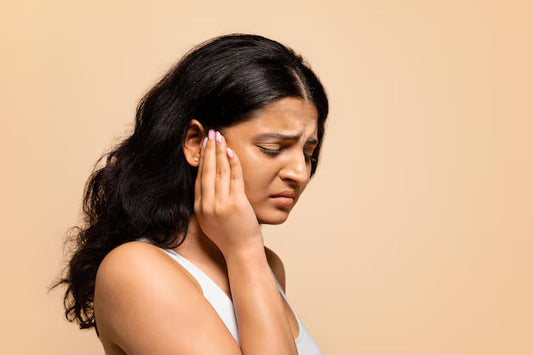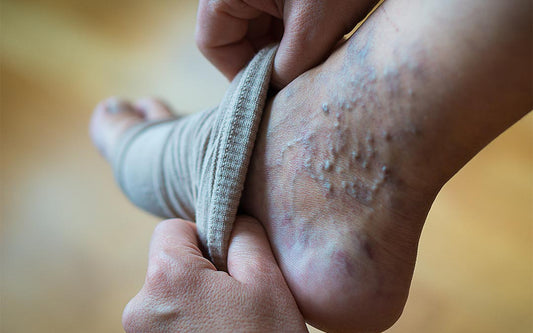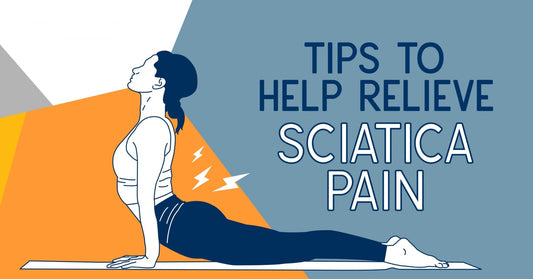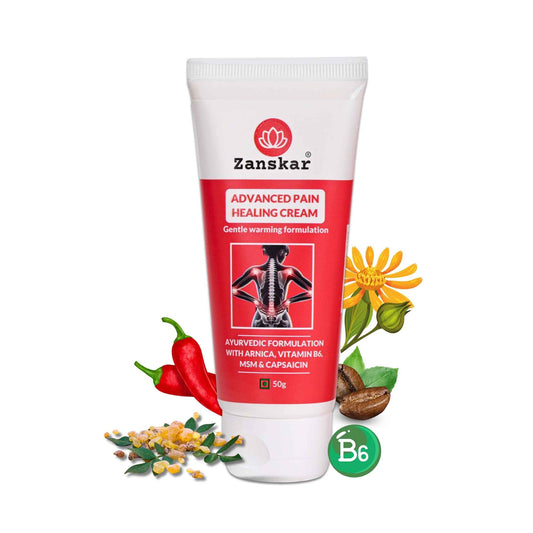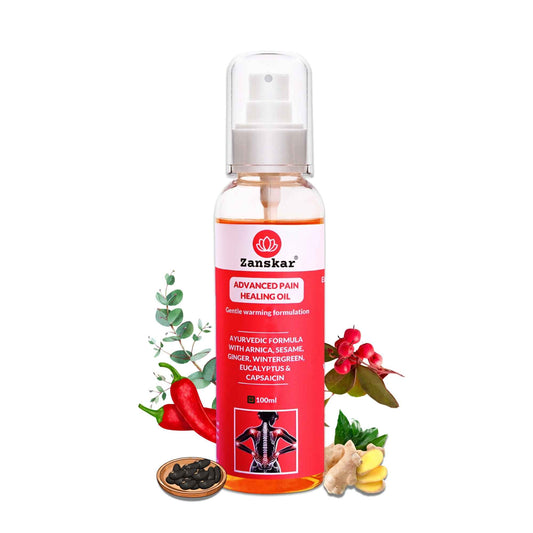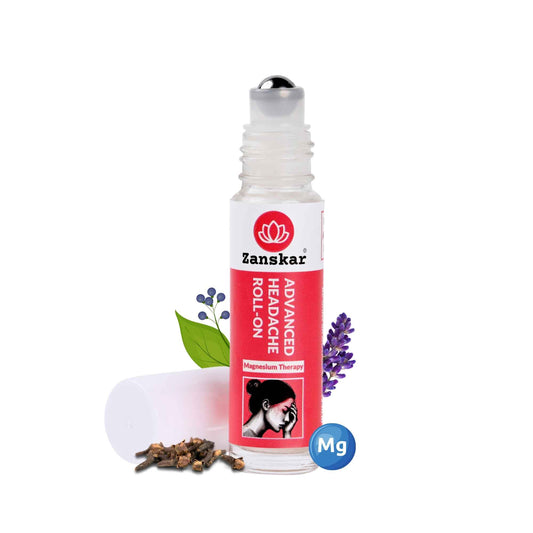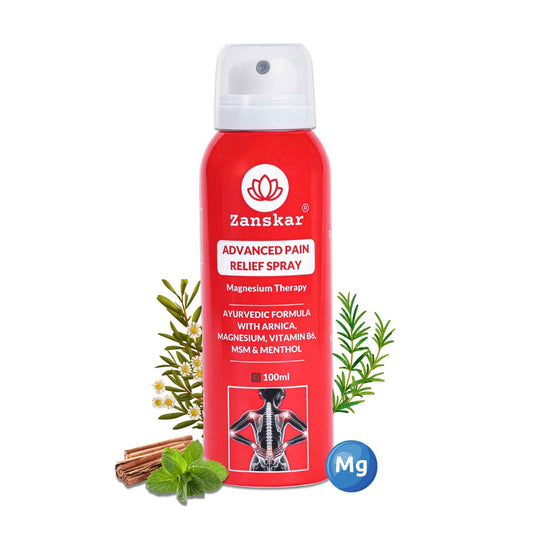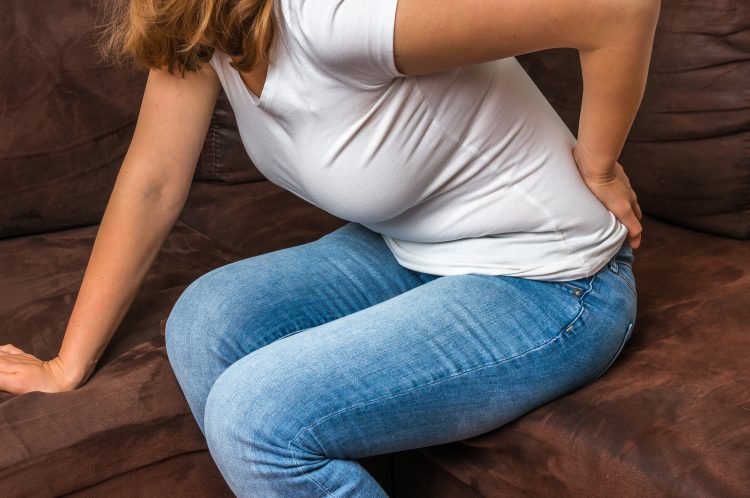
Managing Hip and Groin Pain: A Comprehensive Guide
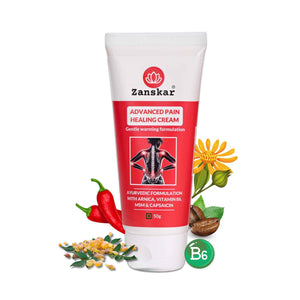
The hip and groin areas work together to support essential movements like walking, running, and climbing stairs. Because of their close anatomical connection, discomfort in one area often leads to pain or tightness in the other. In fact, studies indicate that roughly half of groin pain—typically felt between the abdomen and thighs—is associated with underlying hip problems.
This is due to the complex network of muscles, nerves, and tendons shared between the hip and groin. Pain originating in the hip may be felt in the groin and vice versa—a phenomenon known as referred pain, which is especially common in this region of the body.
Hip and groin pain can affect anyone, regardless of lifestyle—whether you’re physically active or spend long hours seated. Certain conditions, such as hip osteoarthritis, can also increase the likelihood of referred groin pain. Fortunately, many cases can be effectively managed with conservative approaches like specific exercises and stretches.
Explore the key causes of hip and groin pain and discover evidence-based treatments that can help restore comfort and mobility.
Common Causes of Hip and Groin Pain
Several factors can contribute to discomfort in the hip and groin areas:
- Muscle Strains: Overstretching or tearing of muscles, particularly the adductors and hip flexors, often due to high-intensity activities or sudden movements.
- Hip Impingement: Also known as femoroacetabular impingement, this condition involves abnormal contact between the hip bones, leading to joint damage.
- Bursitis: Inflammation of the bursae, the fluid-filled sacs that cushion the hip joint, causing pain and swelling.
- Tendonitis: Inflammation of the tendons in the hip or groin, commonly resulting from repetitive movements.
- Hernias: Inguinal hernias occur when tissue pushes through a weak spot in the groin muscles, leading to pain and a noticeable bulge.
- Labral Tears: Injuries to the cartilage that rims the hip socket, which can cause pain and joint instability.
Symptoms of hip and groin pain
Pain can be felt in specific spots, like the front or side of the hip, or spread to the groin. Common symptoms include:
- Pain ranging from dull or achy to sharp or stabbing
- Throbbing or burning
- Acute or gradual onset
- Stiffness or limited range of motion
- Pain may worsen with certain activities, including sitting or standing for long periods or lying on the area
- Feeling clicks, pops, or catches in the joint
Effective Treatment Strategies
Addressing hip and groin pain involves a combination of rest, therapy, and lifestyle modifications:
- Targeted Exercises: Engaging in specific exercises can strengthen muscles, improve flexibility, and alleviate pain.
- Activity Modification: Reducing or altering activities that exacerbate pain can prevent further injury.
- Cold and Heat Therapy: Applying ice can reduce inflammation, while heat can relax and loosen tissues and stimulate blood flow.
- Over-the-Counter Medications: Nonsteroidal anti-inflammatory drugs (NSAIDs) can help manage pain and inflammation. You may also try the Zanskar pain cream for natural durable relief.
- Transcutaneous Electrical Nerve Stimulation (TENS): This therapy uses low-voltage electrical currents to relieve pain.
Exercises
The following exercises build strength, stability, and flexibility, which enables the hip joint to move smoothly. These moves also help the muscles in both the hip and groin reach their full range of motion.
1. Hip Adductor Stretch

This exercise targets your inner thigh muscles. If you have a lot of tightness, place cushions under your knees.
- Lie on your back with bent knees.
- Press your feet into the floor.
- Allow your knees to drop open to the sides.
- Press the soles of your feet together.
- Hold this position for up to 30 seconds.
- Return your knees to the starting position.
- Repeat 3 times.
2. Lateral Lunge

Lateral lunges provide a great dynamic stretch for the adductors.
- Stand with your feet shoulder-width apart.
- Step out wide to the side with your right leg, keeping the left foot flat and your body facing forward.
- Bend the right knee while keeping the left leg straight.
- Push off your right leg to return to the starting position.
- Do 2 sets of 15 repetitions on each leg.
3. Straight Leg Raise

Lateral lunges provide a great dynamic stretch for the adductors.
- Stand with your feet shoulder-width apart.
- Step out wide to the side with your right leg, keeping the left foot flat and your body facing forward.
- Bend the right knee while keeping the left leg straight.
- Push off your right leg to return to the starting position.
- Do 2 sets of 15 repetitions on each leg.
4. Side Lying Hip Adduction

Side-lying hip adductions, or leg lifts, can help increase the strength and range of motion of your adductor muscles.
- Lie down on your left side.
- Rest the head on the left arm and place the right hand in front for balance.
- Place your right leg in front of the bottom leg, with the foot flat down.
- Raise the bottom leg up.
- Slowly lower it back down.
- Do 2 sets of 15 repetitions per side.
When to Seek Medical Attention
Consult a doctor if you experience:
- Severe or persistent pain that hasn't improved in 2 weeks
- Swelling, redness, or warmth in the hip or groin area
- Difficulty walking or bearing weight
- Symptoms that do not improve with self-care measures
Tip: Rehab hip and groin pain early
Addressing hip and groin pain early on can prevent it from becoming a bigger issue, says Zanskar experts. Your hip and groin play a critical role in stabilizing and moving your body. When they’re irritated, other parts of your body may work harder to pick up the slack. Preventing hip and groin pain involves proactive steps:
- Regular Exercise: Maintaining strength and flexibility through regular workouts can prevent injuries.
- Proper Warm-Up and Cool-Down: Preparing muscles before activity and relaxing them afterward can reduce strain.
- Ergonomic Adjustments: Ensuring proper posture and ergonomics in daily activities can minimize stress on the hip and groin areas.
Learn More About Zanskar Health
If you have joint pain, muscle pain or headaches that makes it hard to move, Zanskar offers the most advanced full stack pain relief solutions for you.
Now available to purchase, Zanskar® pain-care range have unique bio-active formulations. It provides lasting relief from muscle and joint discomfort that you can feel good about. Get your fix before stocks run out - buy now.
You can also gain access to therapeutic exercises and stretches for your condition by downloading the Zanskar Health physiotherapy mobile app. Additionally, you’ll have a personal care team to guide, support, and tailor our program to you, including behavioral and nutritional coaching.
Download our mobile app here 👉 download and track your exercise streak.
Medical Review: This article is written and medically reviewed by Dr Nishtha Mittal (Senior Health Content Editor at Zanskar Health). This article and its contents are provided for educational and informational purposes only and do not constitute medical advice or professional services specific to you or your medical condition.

